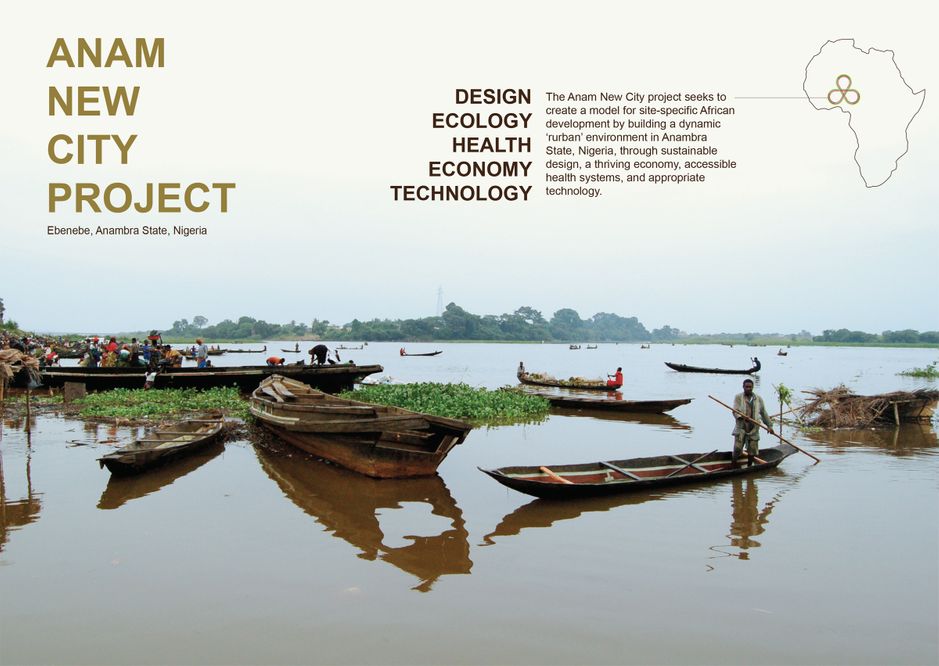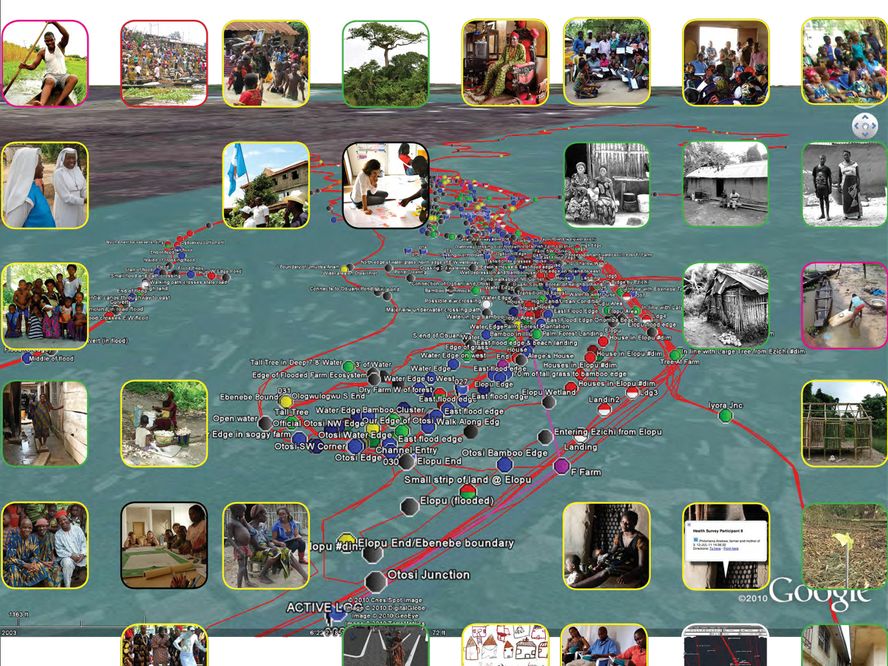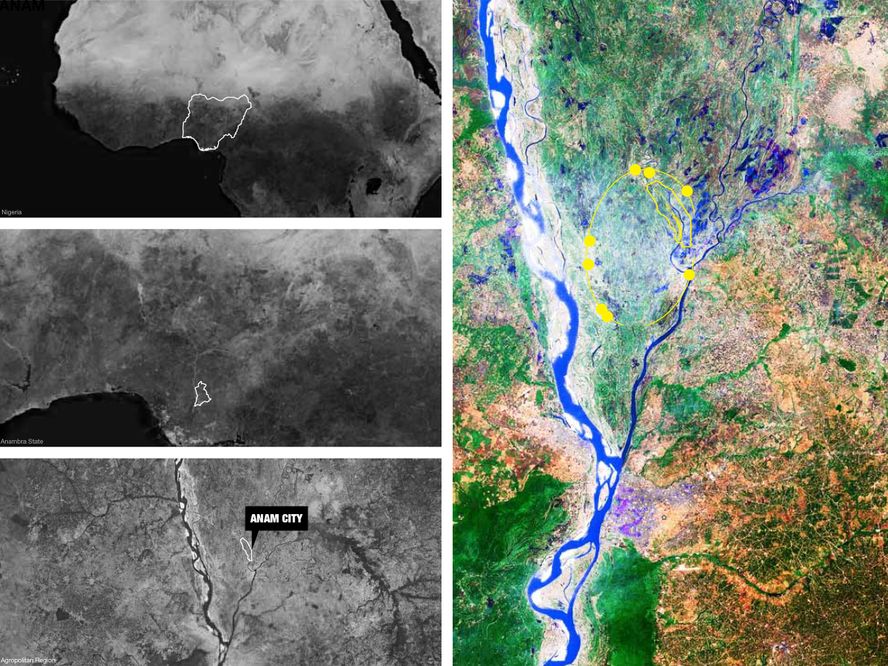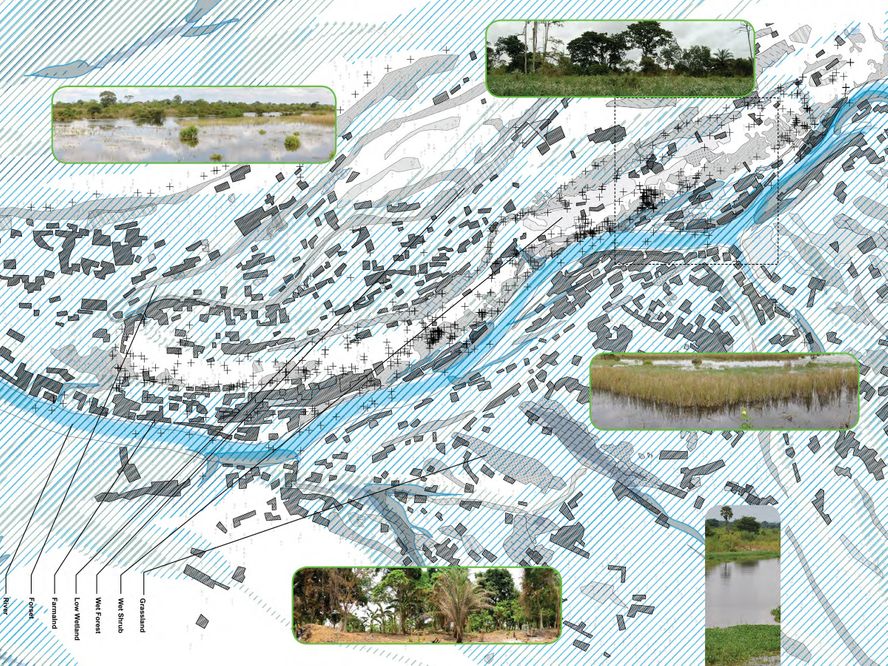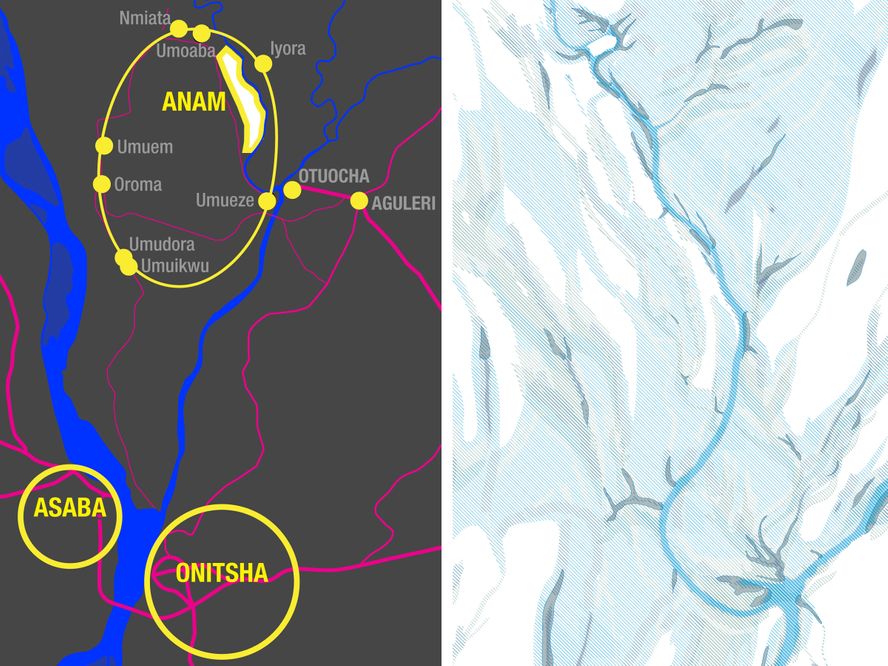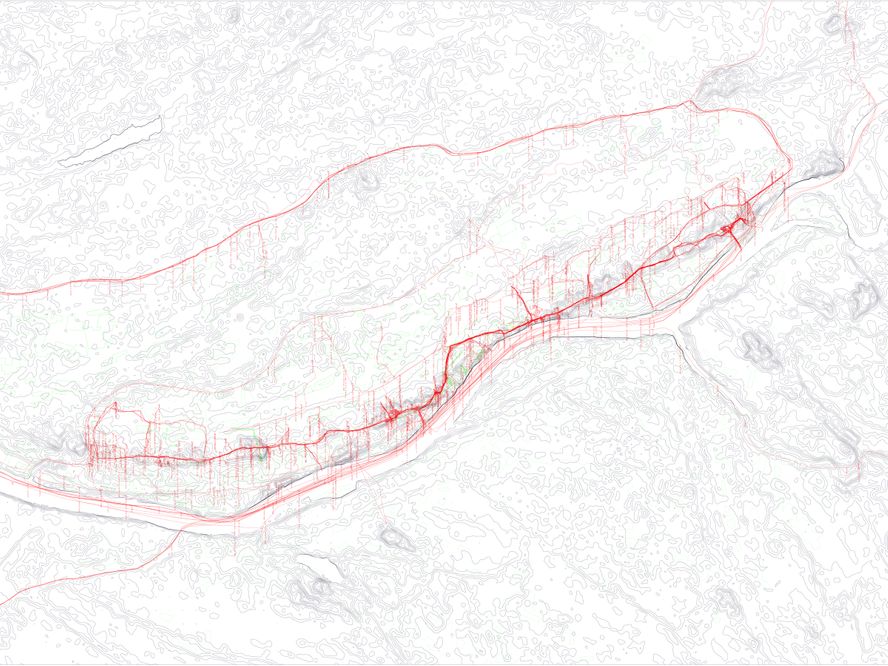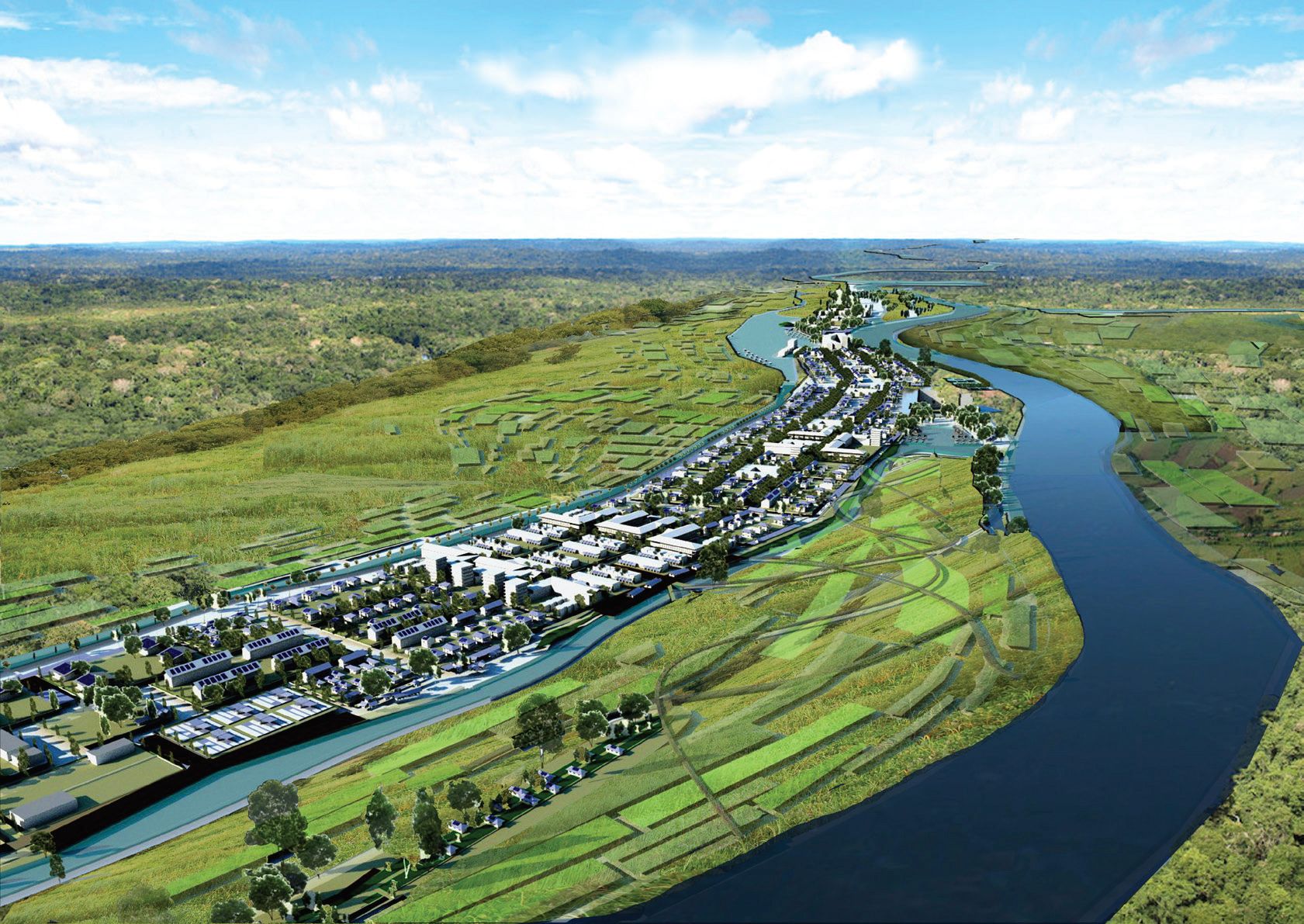
NEW ANAM CITY Anambra State NG
New town in Anambra State, Nigeria
Anam City proposes a RURBAN model—urban densities of opportunity combined with rural strategies for productive landscape—through a coupled “hardware” and “software” approach to sustainable community development. Through design we can make better components (hardware) for human settlement with improved integration to landscape systems in Africa. However, optimized performance is equally contingent on developing operating systems (software) in the image of indigenous users, coded to virally exploit extant cultural modalities to modify behavior within networked social ecologies. This is hybridized rural/urban design/build that can spread most powerfully as an open-source platform. We define sustainability according to a treble schema (S-E-T) whereby Sociological, Ecological and Technological parameters form the logic circuit that mediates hardware and software in the rurban context.
The Anam City project is the coordinated effort of a single African community to transform by means of available tools both its community hardware (into a new town conceived as an urban-scaled landscape of green infrastructure) and its operating system (into an open-source platform tuned via culturally-embedded social technology). Sustainability thus becomes the pure mandate of viability: similar to the cultural act of survival enacted daily across the continent, and concomitant imperative of affordability, Anam City seeks—experimentally—to sustain a collective initiative that radically changes outcomes by reprocessing existing conditions.
HARDWARE: Derived from traditional landscape practices and induced by environmental constraints, the land use and urban design of Anam City utilize green infrastructure to regulate urban systems and to buffer ecological ones. Infrastructure systems such as solar energy, biological wastewater treatment, biogas generation, and food production are decentralized throughout the city to allow for incremental growth. These systems are progressively networked and scaled for maximum resource efficiency, while techniques of construction utilize local materials, low-carbon install and passive strategies for control of microclimate.
SOFTWARE: Given that the last half-century of advances in intermediate and appropriate technology are largely absent from everyday life in Nigeria, Anam City prioritizes technology transfer first, local capacity-building via social programming second and targeted indigenous innovation third. Our goal is not to reinvent the wheel, but to leverage accessible technology toolkits to help accelerate the Anam community's natural rate of development. Our method is to install open technology streams into the community's operating system (social relations and kinship networks, customary governance structures, traditional value register and web of cultural belief systems). Once established, such channels can be shared community-wide and updated or upgraded iteratively. Coding social technologies into the existing ways that people live and work allows for user-driven adoption of new sustainability practices.
2011-
Anambra State, Nigeria
Press:
- International New Towns Institute (2012)
- Harvard Graduate School of Design (2011)
- Urban Design Forum (2011)
Presentations:
- Urban Thinkers Campus: Education for the City We Need conference, Delft University of Technology’s Faculty of Architecture and the Built Environment, organized as part of the UN-Habitat World Urban Campaign jointly with the TU Delft workshop, Urban Lab: Adaptive Planning for African New Towns (2017)
- Global Dialogues: Displacement_Water, Columbia University GSAPP Urban Design Program and AIA-NY (2017)
- Harvard African Development Conference, Cambridge, Massachusetts (2013)
- Clinton Global Initiative by the Chife Foundation (Nigeria) in the Built Environment Track (2012-2014)
- Smart City Expo, Barcelona, Spain (2011)

